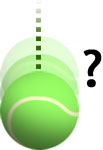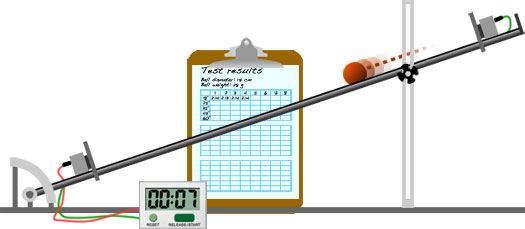The process of science builds reliable knowledge about the natural world. To see evidence of this reliability, one can look around at the everyday products of scientific knowledge: from airplanes to antibiotics, from batteries to bridges. These technologies only work because science does.
The process of building scientific knowledge relies on a few basic assumptions that are worth acknowledging. Science operates on the assumptions that:

- There are natural causes for things that happen in the world around us. For example, if a ball falls to the ground, science assumes that there must be a natural explanation for why the ball moves downward once released. Right now, scientists can describe gravity in great detail, but exactly what gravity is remains elusive. Still, science assumes that there is an explanation for gravity that relies on natural causes, just as there is for everything in nature.
- Evidence from the natural world can be used to learn about those causes. Science assumes that we can learn about gravity and why a ball falls by studying evidence from the natural world. Scientists can perform experiments with other falling objects, observe how gravity affects the orbits of the planets, etc. Evidence from a wide range of experiments and observations helps scientists understand more about the natural causes of gravity.

- There is consistency in the causes that operate in the natural world. In other words, the same causes come into play in related situations and these causes are predictable. For example, science assumes that the gravitational forces at work on a falling ball are related to those at work on other falling objects. It is further assumed that the workings of gravity don’t change from moment to moment and object to object in unpredictable ways. Hence, what we learn about gravity today by studying falling balls can also be used to understand, for example, modern satellite orbits, the formation of the moon in the distant past, and the movements of the planets and stars in the future, because the same natural cause is at work regardless of when and where things happen.

These assumptions are important and are not controversial in science today. In fact, they form much of the basis for how we interact with the world and each other everyday.
This page introduces the foundational assumptions of science. To review the less sweeping and more practical assumptions that go into scientific testing, visit Making assumptions.
